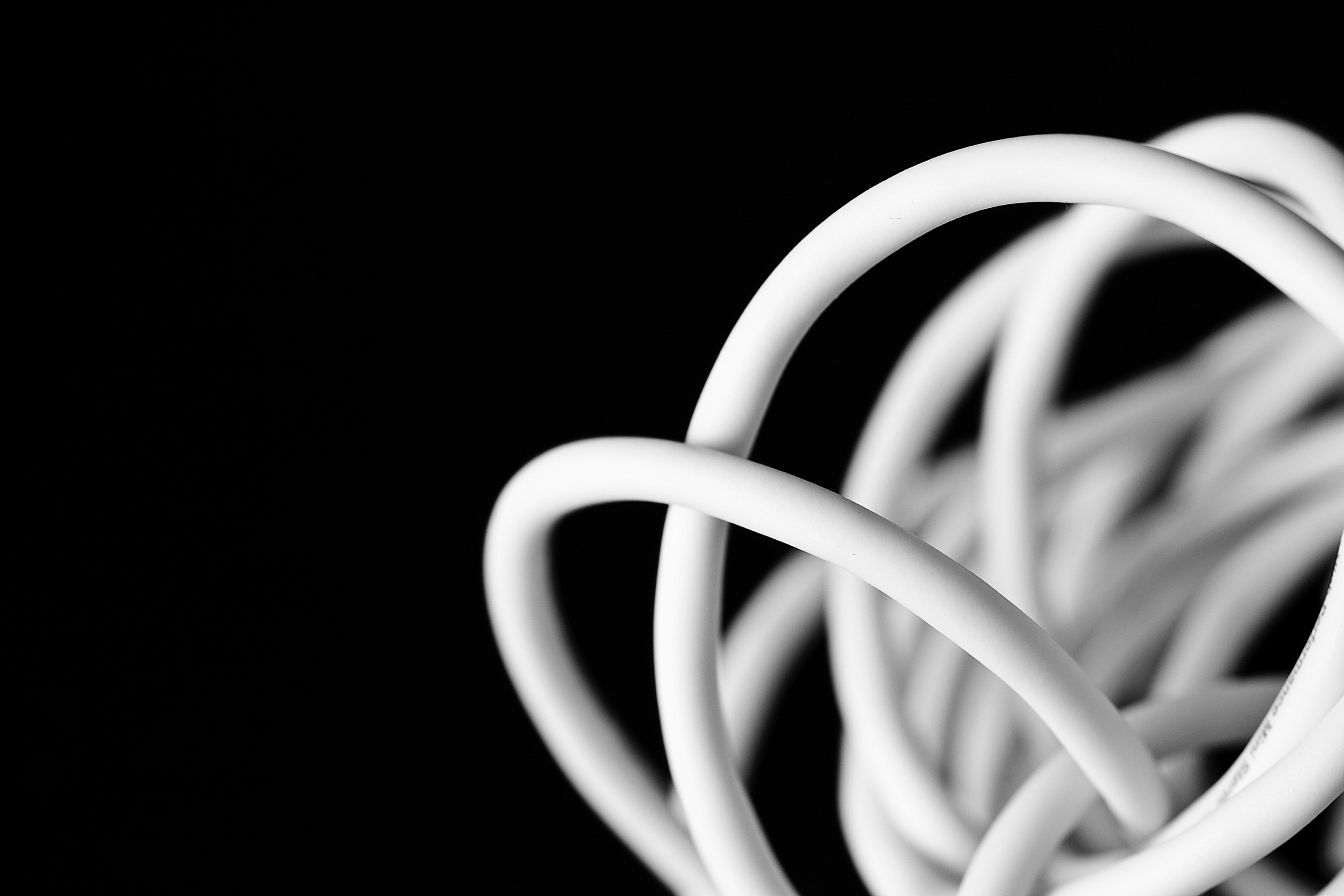
Moisture is the top nemesis of 3D printing filaments. There is no other element that can ruin a filament faster than moisture. Here are the effects of moisture to 3D printing filaments:
- Significantly reduced part strength and layer adhesion
- Increases bubbling and hissing of the filaments during printing
- Higher probability of filament breaking during printing
- Changes in filament diameter
- Higher extruder temperature required
Some filaments are more affected by moisture than others since they are hygroscopic, meaning they absorb moisture from the air. It’s not enough to just keep them in a tightly sealed box. You have to take extra steps to ensure that they are dry and safe at all times. If you want to use and keep your filaments longer, here are ways to take care of them.
Store your 3D printing filaments in vacuum bags
We’re not just talking about Ziploc bags as these do not completely get rid of the air. Vacuum bags, on the other hand, guarantee that the contents will be completely devoid of air, moisture, mildew, odours, and bugs. They do not protect against destruction from your pets or children while at play, so it’s better to still keep your vacuum bag-encased filaments in a box on a high place out of reach for them.
Put in silica gels inside containers.
If you’re storing your filaments in airtight containers, put in some silica gels to absorb the moisture and keep the interiors dry. There are different types of silica gels, but the best ones are those that have moisture saturation indicators so that you’ll know how much moisture they’ve absorbed.
If you’ve got rice lying around in your kitchen, you can also use it for the meantime. While it’s not as effective as silica gels, it still does the job.
Use your filaments regularly
A lot of you may be guilty of hoarding filaments, especially when we have filament deals. However, if you know you won’t be using it in the near future, don’t buy it. Keep in mind that filaments only have a shelf life of 12 months. Beyond that, the filament starts absorbing moisture more than usual. How will you take advantage of our filament deals, you ask? Look at your upcoming projects and only buy what you’ll be using in the upcoming months.
Don’t leave your filament in the printer
Leaving your filament in the printer is leaving it at the mercy of moisture in the air. Always remember to remove the filament after printing and store it in a dry container.
Create your DIY dry box
Did you know that you can use your filament without taking it outside of a box? You can create a dry box with a spool holder so that you’ll never have to expose your filament to the harsh moisture in the air again! This can also prevent tangling as it keeps the filament spool tight. Add silica gels inside the box to keep the interiors moisture-free.
Wind your filament spool tightly
You may have encountered filament tangles and thought that it was the manufacturer’s fault. Wrong! Manufacturers usually deliver filaments tightly and properly wound to leave no room for knotting. What causes tangles is keeping the end of the filament loose, which causes the roll to unwind and end up beneath other layers. It is important to keep the end of the filament tensioned down at all times! When storing your filament, make sure to attach it to the hole in the spool or tape it down. If you encounter tangles during printing, you can check out the solution here.
Keep your 3D printing filaments longer with these 5 Filament Care Tips!
You never have to ruin a 3D printing filament again when you follow all our filament care tips! If this guide already came too late and your filaments are already ruined, you can buy new filaments from our X3D Pro collection.

